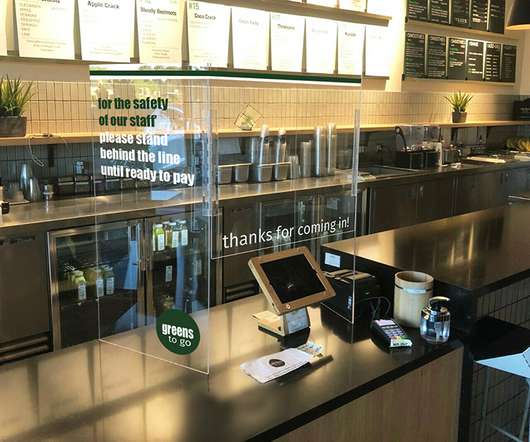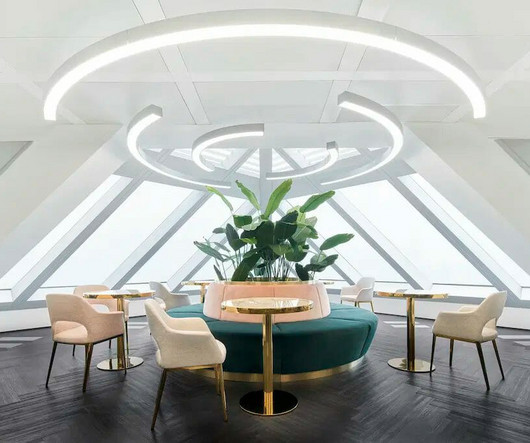Designing the Human Experience: Retail Design
Onyx
AUGUST 27, 2019
Introduction Designing for the human experience is an important tool for designers and retailers. To design for the human experience is to create more personalization and emotional connections for the consumer. Interior designers can help implement the physicality of these solutions in the design of space.












Let's personalize your content